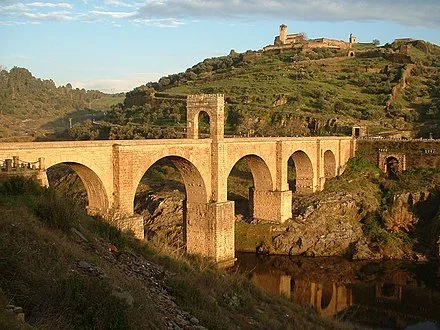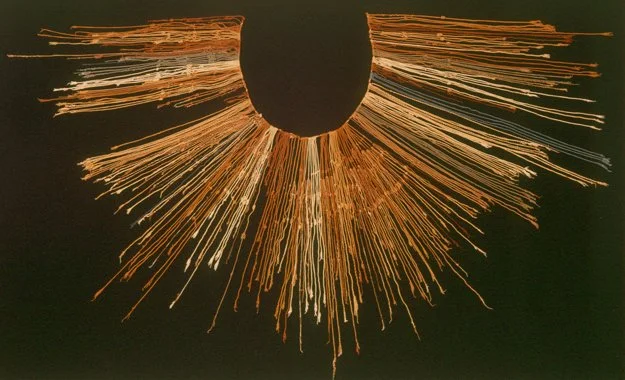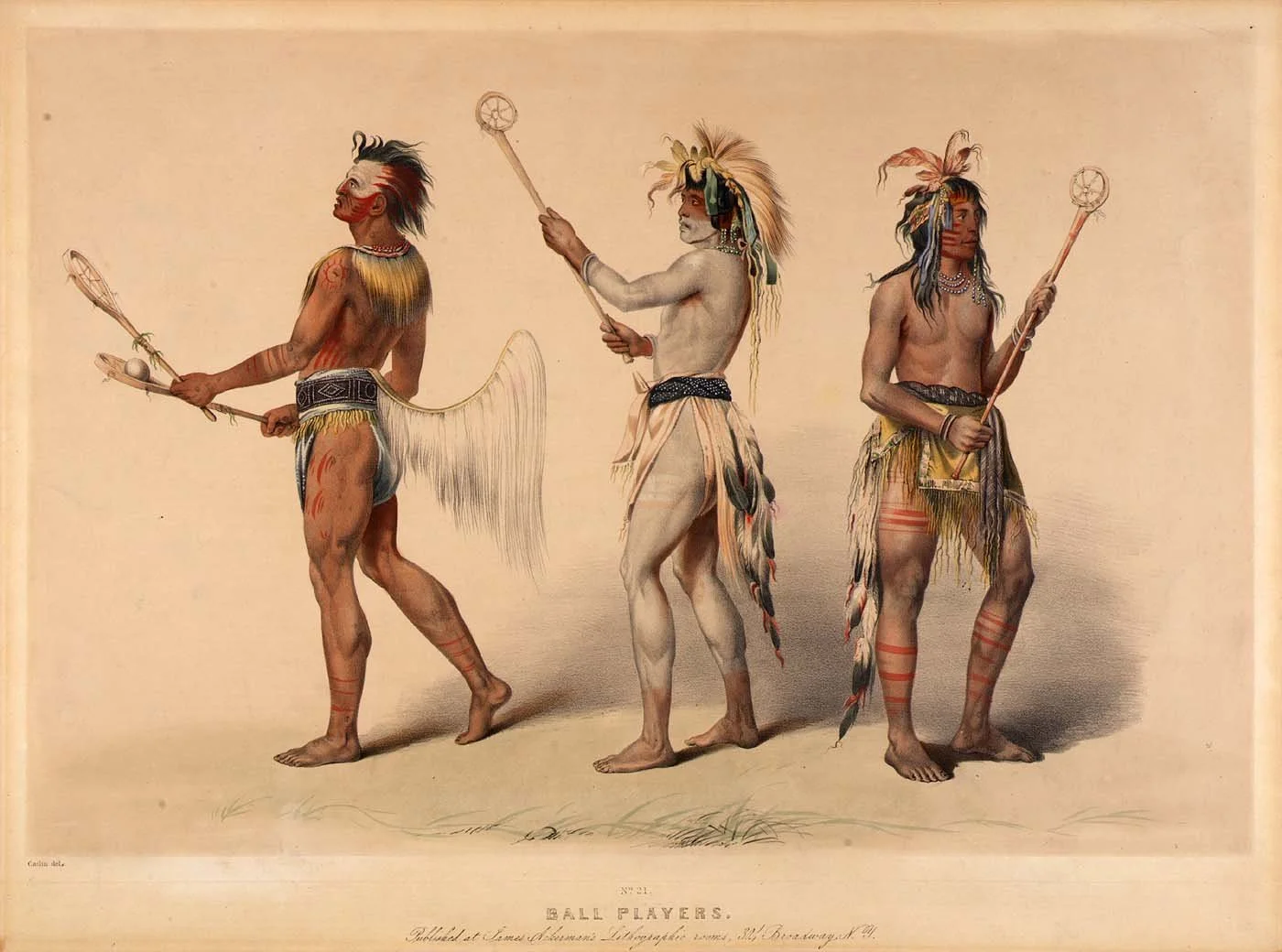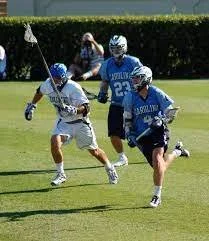
Energy from the sun moves water uphill. The Roman architects built structures to move it downhill. This saves energy.
Optimizing energy transfer.
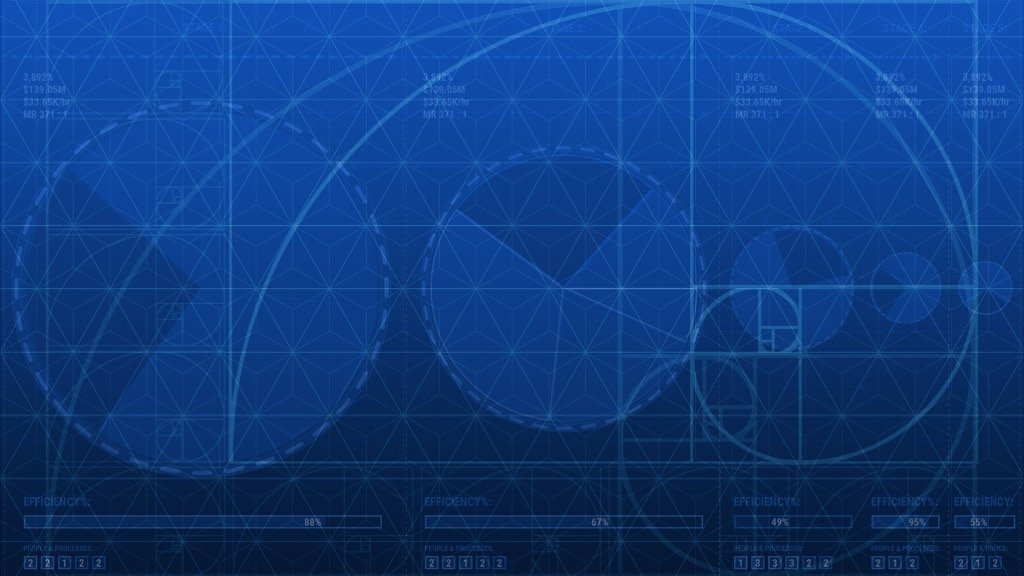
All systems have a maximum capacity to do work and move information. The unit of work in the Roman information system is a chariot-day. The capacity unit is one chariot, and the time unit is a day. An information payload that can fit in a chariot can be reliably moved a maximum distance in one day - adjusted for terrain. For example, a rider from Rome carried a message over a distance of 332 miles in 36 hours with only two horsepower.
Straight roads reduce time and energy costs. The arch enabled the Romans to develop straight roads over rivers and ravines. This is a huge advantage in terms of mobilizing an army and provisioning a city with water and food.
Transmitting operational information improves the efficiency of resource allocation and work. The Inca’s used quipu to record water availability, field production capacity, number of people, sexes, minerals, animals, and plants in each area. Runners moved this information along a road network that was designed to maximize the flow of information. This enabled them to make decisions that scaled their empire and maintained peace.
Remarkable stories spread ideas without spending money on marketing. A remarkable story is a type of “word virus” that reduces the energy cost of moving information. Mythologies are designed to last for thousands of years.
All omnivores are herd animals - including humans. Humans exhibit group behaviors that increase feelings of belonging and safety. Humans develop group activities that provide a way to compete without killing each other. These games create structures for shared principles, values, religions, and perspectives. This improves teamwork and the desire to maintain a society built on shared ideas. People who play together spend less time and energy fighting. Tribes are just herds of people.
I created software that optimizes the sales funnel in a business systems. It does this by ranking future jobs by the probability that they can be moved to “today” vs. their probability of cancellation if we don’t move them. This creates money by preventing future cancellations. This software has a direct interface to Salesforce (www.salesforce.com) and applies to any business that has a sales funnel.
The optimization engine takes many things into consideration. In addition to the ranking algorithm, it optimizes around which trucks need the most jobs “now” and where the future customers are located in relation to where the trucks are going to be later today. Time is honey and money takes time to find.
This image demonstrates how the prioritization engine selects the most valuable parts of the business that are the most broken.

